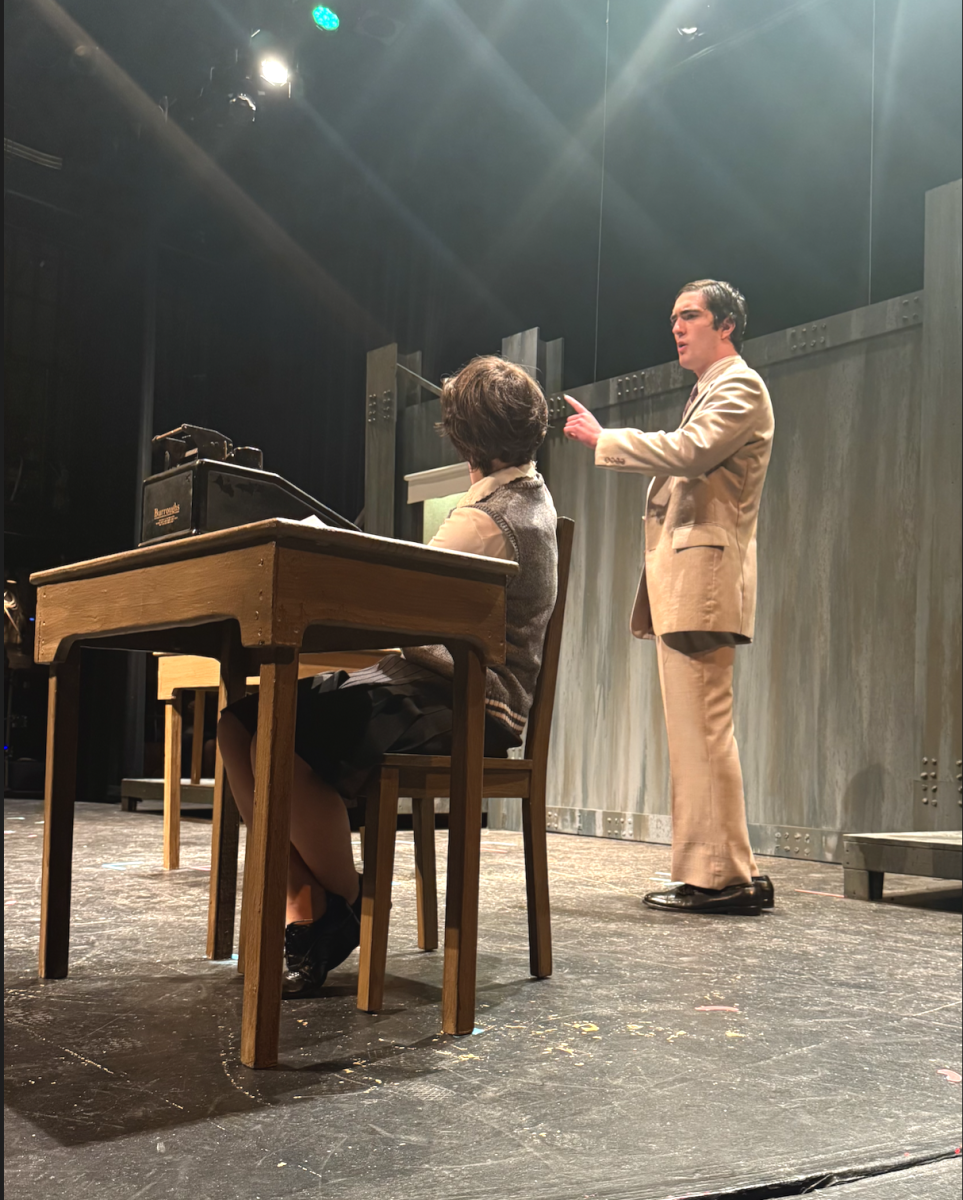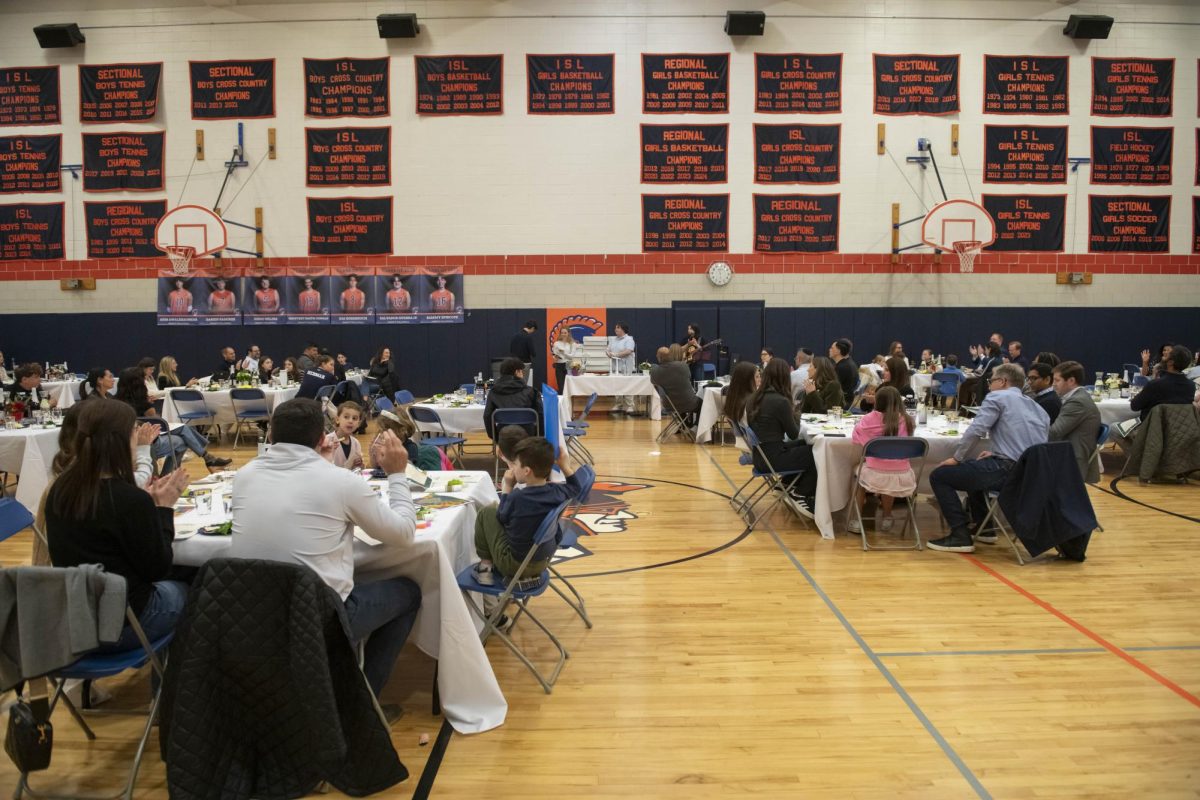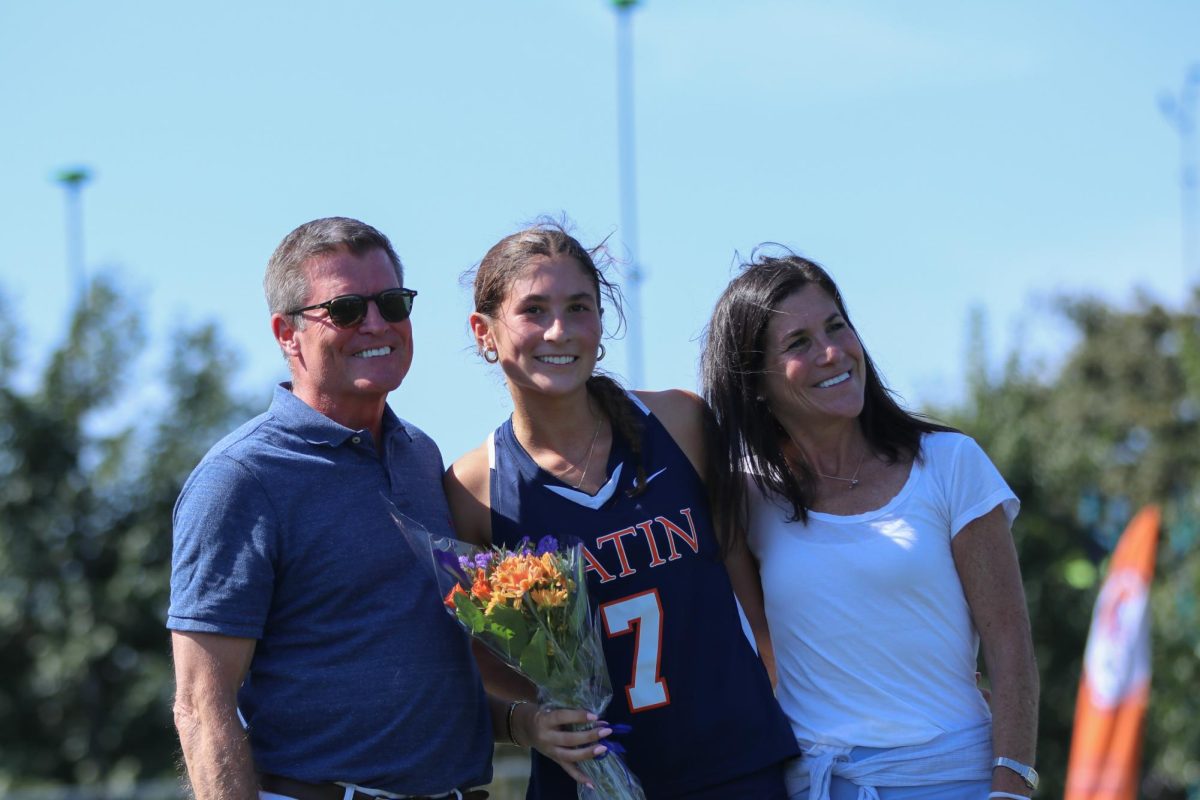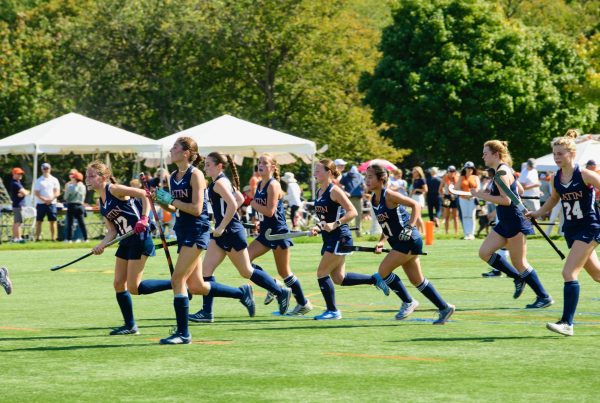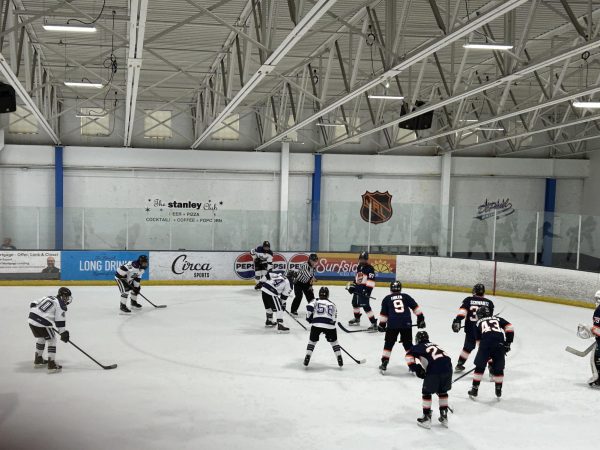The Return of Football
As fall approaches, many time-honored traditions like Halloween and Thanksgiving look different, but America’s beloved football teams continue to roll into full seasons.
Not surprisingly, it has been an abnormal return to normalcy for football.
Widely broadcasted football consists of the NFL and Division 1 college-level conferences. The NFL created a clear path to start their regular season, but D1 conferences’ decisions to return have been a rollercoaster. Several conferences pushed back their seasons; it was only as of September 26 that all 10 bowl subdivision D1 football conferences agreed that they will return to play this fall, the Mid-American Conference (MAC) and Mountain West Conference (MWC) being the latest to join.
Senior Eli Aronson said, “At first I was skeptical about the NFL’s return and especially college football because they are student-athletes, but I think that if players are okay with it, they should continue.” Although regulations allow players to forgo this season, sitting on the sidelines has financial and career-related consequences for players, making the “optional” season not very optional at all.
“I do think that the NFL and college football should be happening,” said junior Ascher Cahn. “The NBA showed us that there is a way to do it safely. Additionally, I think that they’re just bringing a lot of hope for the American people, and for college students, a lot of student-athletes might be better protected against the virus because they’re playing sports, so they need to be much more careful.”
As the season continues, many people question why so many college conferences decided to play. “I think 100% the Big Ten was pressured into (playing their season),” Eli said, “but I think they saw other conferences doing it, and they need to make money.”
The Big Ten originally planned on having a more spread-out season, pushed back into the late spring with buffer days and weeks off to encourage COVID-19 protocol to be a priority. However, their plans changed quite suddenly, and they are now on track to play eight games in eight weeks.
Ascher said he didn’t believe that the Big Ten was completely pressured into playing. “It would have been hypocritical had they not played, as the commissioner of the Big Ten’s son plays in the SEC, and when the Big Ten said that they were not going to play, the commissioner of the Big Ten told his son that he was allowed to play in the SEC,” he said.
The website Statistica tracks that the average NFL team makes $400 million in annual revenues. This abundant stream of money allows them to spend roughly $75 million on COVID-19 tests this season. On the other hand, Forbes notes that D1 conference teams average revenues of around $50 million, making a disconnect between the ability to pour similar resources into protecting players.
When asked if he believed the NFL and college football programs should be following mirror protocols, Eli commented, “They can’t do the same thing because it’s the difference of being a student-athlete vs. a professional athlete. Student-athletes still have to do school.”
These complications make the containment of the virus much more difficult. No NFL games have been canceled due to COVID-19, while 20 college football games have either been canceled or postponed. Beyond the game of football, many of the schools of the college football teams have been temporarily shut down.
While some NFL and college football teams have invited fans into the stadiums, their COVID-19 protocol looks very different from both the MLB’s closed stadiums and freedom in players’ lives and the NBA’s bubble.
“I think that the NBA bubble will be the most successful,” Ascher said, “just because of the nature of the bubble. The NFL has had the luxury of getting to learn from these other leagues as it’s been the last of the four major sports to restart, so they have probably learned some lessons from these other sports. However, it looks like they’re going to be the worst off because of the fans.”
Freshman Reese Benford said she believes that “having fans is really important to the game because, as an athlete, you want to be embraced by people who love you. However, I think the number of fans should be reduced to season ticket holders and people who are involved in the teams financially.”
As for predicting the rest of the season’s success with fending off COVID-19, Ascher commented, “I can see fans being totally removed from games.”
Reese noted, “I think the season will end up doing pretty well in terms of COVID and regulating the spread. Although it’s risky to have games scattered across the country, the NFL is taking precautions and really making sure that coaches and players are staying safe. For example, a few coaches have been fined 100k for taking their mask off or not wearing a mask. I predict that the season will be pretty normal. At least, I hope.”
Eli’s hope that the football season is able to “power through” is not an uncommon perspective, as football has done more than many believe: it has returned a sense of routine to a year of disarray. “Football has made me feel great,” Ascher said. “I have missed just sitting down on a Sunday and watching football with my dad or friends. Getting back, that has been really great.”
Reese said she believes that “watching football makes me feel like we are beginning to shift into a safer environment, and I feel like football is making the world more normal.”

Charlie Williams (‘22) is very excited to contribute to The Forum as a Sports Editor. She has written for The Forum since the beginning...

